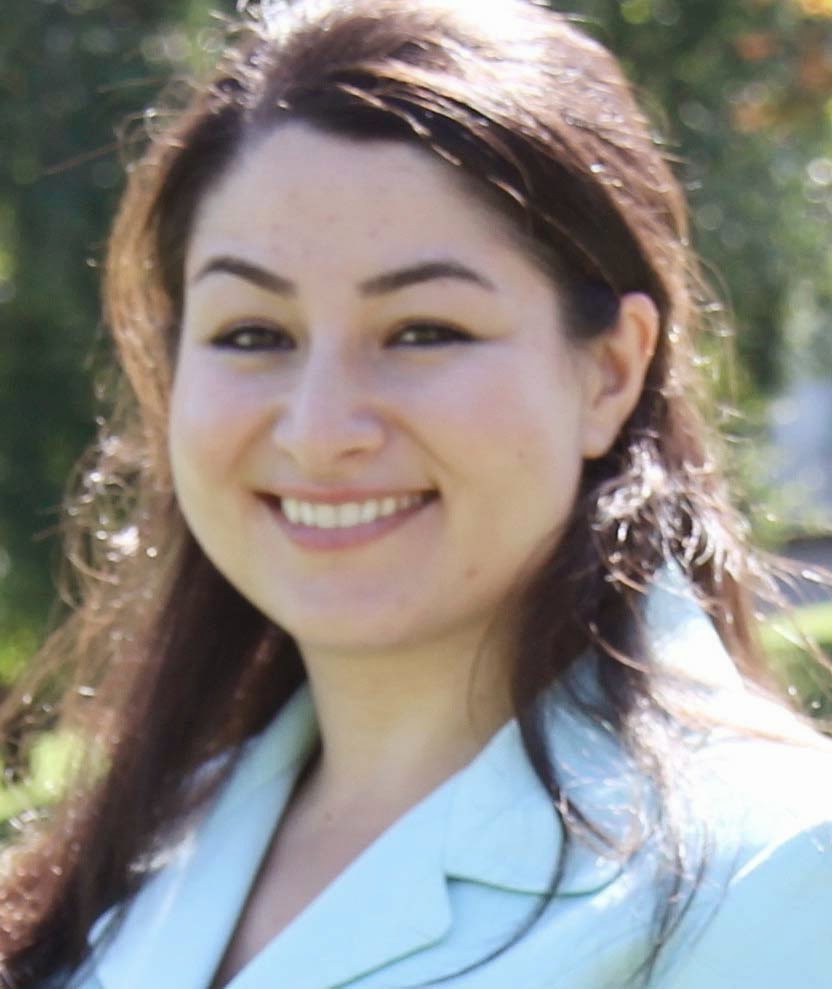The Lions Club was packed to capacity last Wednesday night with citizens eager to hear the campaign roars of five would-be kings of the Peterborough jungle. Examiner coverage is here.
Keen observers may notice that our mayoral competition
parallels Toronto’s.
Like the two-headed Ford beast, our incumbent Daryl Bennett
is a local family-business millionaire with a father figure who did time as an
MPP at Queen’s Park. Both the Fords and Bennett managed to get themselves on the
wrong side of their local police chiefs, while trumpeting their ability to run
city hall “like a business” and attempting to control city council as they
would their company boardroom.
With
Bennett it’s parkway, parkway, parkway.
Alan Wilson’s career in the big corporate world of Quaker is closer to John Tory’s with Rogers. Like Tory, Wilson unsuccessfully sought a PC seat in the Ontario Legislature, and now seeks to paint himself a centrist in a bid to take a mayor’s job. Wilson aims to leverage votes from Bennett by rejecting the Jackson Park bridge while supporting the Parkway through Northcrest. At the Lions Club he tried to appear progressive by proposing a pedestrians-only section of George Street – an unlikely scenario which would require changing the one-way traffic flow along Water and George.
Monsef’s smart growth campaign platform came out on Friday, including an explicitly No Parkway stance – a position which makes more sense from a business perspective than Bennett’s or Wilson’s. It's in line with Ontario’s commitment to increasing urban density, recently demonstrated by legislation raising the maximum wood-frame building height to six storeys from four, and a survey showing prospective homeowners now prefer walkable neighbourhoods to car-dependent ones.
A business can also succeed by expanding its operations. Here's the root of the enthusiasm of Bennett and his south-end buddy Dan McWilliams for suburban sprawl. More land, more taxpayers, and more roads for Peterborough is their civic version of more trucks and more clients.
But wait – studies in the U.S.
have shown that residential development is a losing proposition the way it’s
done in North America. Development charges for
residential subdivisions aren’t actually enough to cover the costs of providing
the services they require.
This is the painful reality residents are waking up to in Mississauga, Ontario’s capital of fast-paced suburban
sprawl. Outgoing mayor Hazel McCallion survived decades in office uncontested because
the city was continually able to use new development charges to pay for the servicing
costs of the previous developments. But what happens when the land runs out? Mississauga is now
entirely built-up, and residents are on the hook for serious tax increases just
to balance the books.
If money-losing suburban sprawl and a further $100 million
dollar subsidy for developers in the form of the Parkway count as running city
hall “like a business,” it’s a business that would be going belly-up in the world of commerce.
Which brings us to self-interest. Bennett and
McWilliams own businesses that make money using public roads. Trucks, buses
and cabs owned by these two millionaires will have new roads to drive and more
customers to serve if the Parkway and the suburban sprawl gets built as
planned. By that time, the two of them will be long gone from city hall – but
their families will still be profiting from the public subsidy, which we’ll all
still be paying.
Even without the Jackson Park bridge, the Parkway and the north-end
subdivisions will be money-losers for the city in both the short and long term.
The bridge itself is so far-fetched a proposition that no sensible
businessperson could seriously entertain it.

 Tell anyone who might be tempted by pro-Parkway
pie-in-the-sky dreams to consider a few basic facts about the Jackson Park
bridge that don’t require an engineering degree to understand.
Tell anyone who might be tempted by pro-Parkway
pie-in-the-sky dreams to consider a few basic facts about the Jackson Park
bridge that don’t require an engineering degree to understand.
The bridge would be nearly half a kilometre long – double
the span of the Parkhill and Hunter Street bridges across the Otonabee River, as you can see on these maps.
It would also be more than twice as high. Just to cross a 12-foot wide creek. What engineer thought it was a good idea to cross the ravine at
its widest and deepest point?
Adding to the folly, the bridge would be only a few hundred meters away from the existing Parkhill bridge which crosses the same ravine at a much narrower point and lower elevation.
 |
| The gorgeous Parkhill Bridge over Jackson Creek |
If someone proposed reducing traffic on the Hunter Street
bridge by building much longer bridge at Sherbrooke Street for $40 million, they’d
be laughed out of town. Of course, that didn’t stop transportation consultants employed by
the city 25 years ago from making this very recommendation.
And if the $40 million minimum price-tag for the Jackson Park bridge isn’t
enough to give the dreamers sticker shock, remind them how frequently the Hunter Street and
Parkhill bridges across the Otonabee have needed expensive repairs -- $13
million for Hunter
Street just a few years ago. Then imagine how much
more challenging it would be to repair and maintain a bridge twice as long and twice as high.
 |
| You can see as far as Cavan south from the meadow above Medical Drive |
In upcoming posts, we’ll look at city council races ward by ward with a focus on sustainability.













